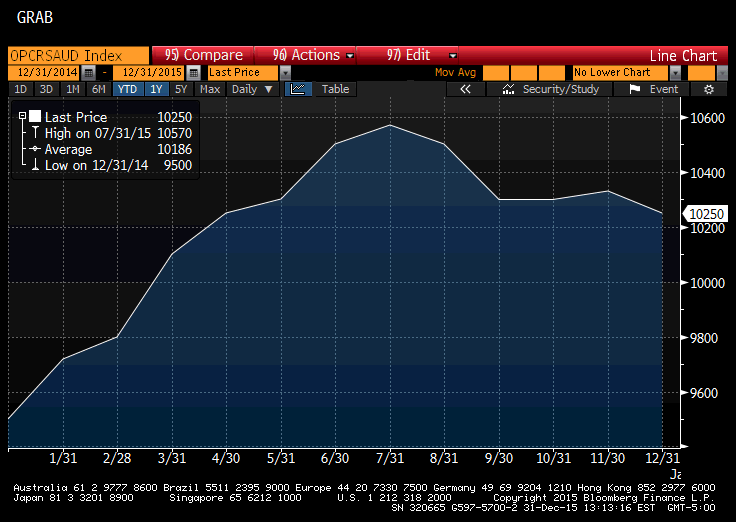The Saudis post prices and let their clients buy all they want at the posted prices. So their policy has been to discount the price of their oil vs benchmarks until their sales increase to meet their production capacity, which is reportedly 12 million bpd. That means the price goes low enough to cause other suppliers to cut back, such as US shale producers, which translates into higher Saudi sales and output. Or demand has to increase. Seems they haven’t made much progress so far, as the discounting policy continues:
Topics:
WARREN MOSLER considers the following as important: Uncategorized
This could be interesting, too:
tom writes The Ukraine war and Europe’s deepening march of folly
Stavros Mavroudeas writes CfP of Marxist Macroeconomic Modelling workgroup – 18th WAPE Forum, Istanbul August 6-8, 2025
Lars Pålsson Syll writes The pretence-of-knowledge syndrome
Dean Baker writes Crypto and Donald Trump’s strategic baseball card reserve
The Saudis post prices and let their clients buy all they want at the posted prices.
So their policy has been to discount the price of their oil vs benchmarks until their sales increase to meet their production capacity, which is reportedly 12 million bpd.
That means the price goes low enough to cause other suppliers to cut back, such as US shale producers, which translates into higher Saudi sales and output. Or demand has to increase.
Seems they haven’t made much progress so far, as the discounting policy continues:

